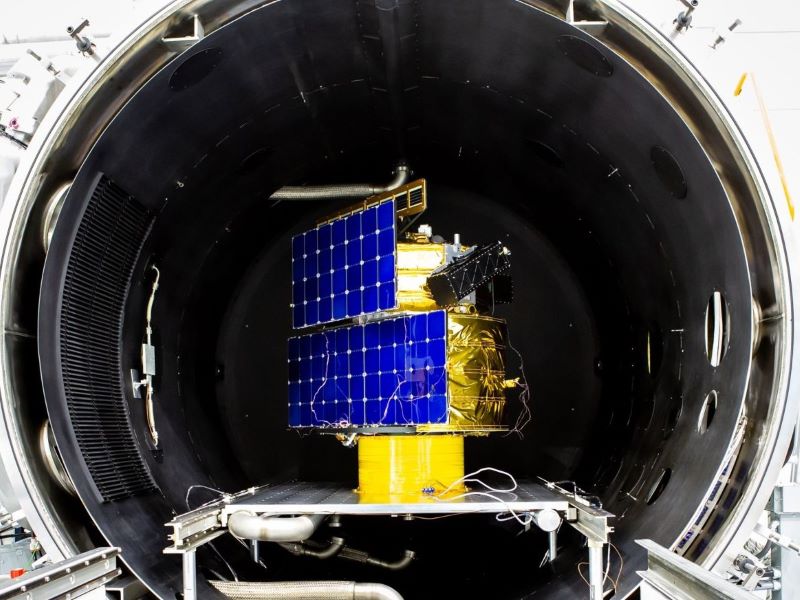Australia’s largest privately built satellite is lost in space, with owner Space Machines Company unable to establish and maintain communications with its Optimus spacecraft.
Built by the Sydney startup, the satellite is carrying tech and payloads from the growing local sector and Space Machines Company had hoped to prove the industry can become much more sustainable.
The satellite was to offer on-orbit satellite inspection, servicing and protection that keeps other satellites in space longer in what is touted as ‘roadside assistance’ for space.
But after launching on a SpaceX rocket more than a month ago, Space Machines Company has been unable to establish communications with the satellite.
The company rebuffed InnovationAus.com inquiries about the lack of communication with Optimus this week, refusing to comment. On Wednesday, a LinkedIn post confirmed the mission is facing a serious problem.
“Our Mission Ops team has been working tirelessly to establish and maintain communications with the spacecraft,” the post said.
“We remain focussed on reaching this milestone and beginning the next phase of the mission for our customers and partners.”

Optimus customers and partners include fellow Australian startup Advanced Navigation, global on-orbit refuelling supplier Orbit Fab, Space imaging and analytics firms HEO Robotics and Esper, and processor providers Spiral Blue and Dandelions.
The national science agency the CSIRO had also contributed its state-of-the-art printed flexible solar cell technology to the mission.
The current loss of communication is not considered a failure by Space Machines Company, which is continuing to try and establish a connection. The successful launch last month remains a significant milestone for Australia’s budding space industry.
The company declined to discuss the loss of communication this week or provide written answers to questions from InnovationAus.com.
A NASA study found that between the years of 2000 to 2016, 41.3 per cent of all small satellites launched failed or partially failed.
“Of these small satellite missions, 24.2 per cent were total mission failures, another 11 per cent were partial mission failures, and 6.1 per cent were launch vehicle failures,” the 2019 study said.
The failure rates have increased as launch rates increased, according to the study.
Do you know more? Contact James Riley via Email.

